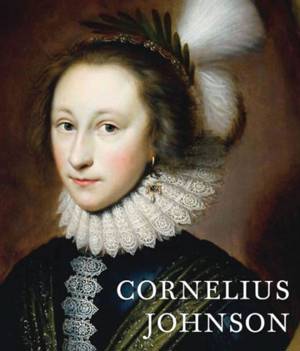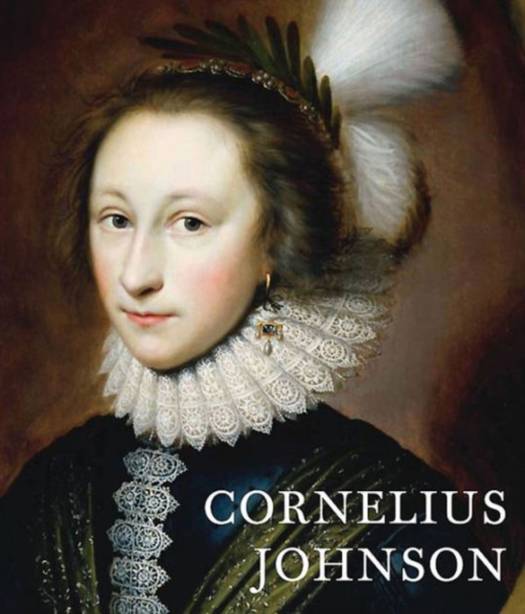
- Afhalen na 1 uur in een winkel met voorraad
- Gratis thuislevering in België vanaf € 30
- Ruim aanbod met 7 miljoen producten
- Afhalen na 1 uur in een winkel met voorraad
- Gratis thuislevering in België vanaf € 30
- Ruim aanbod met 7 miljoen producten
Zoeken
Omschrijving
Cornelius Johnson (1593-1661) was a sympathetic and expressive painter, and it is surprising that he has not previously been the subject of a focused study. The quality and diversity of this currently little-known artist's work will be a revelation. He worked on every scale - from the miniature to the full-length and big group portrait. His works, while always recognizably by him, reveal his exceptional flexibility and underline his response to successive influences. Johnson's career coincided with one of the most dramatically and politically intense periods of British and Dutch history, as this book will explore, and he portrayed some of the most important figures of the era. In 1632 he was appointed as "his Majesty's servant in the quality of Picture drawer" by Charles I. His royal portraits include Charles I as well as exquisite small images of Charles II and James II as children, and he collaborated with Gerard Houckgeest on a portrait of Charles I's wife, Queen Henrietta Maria. Johnson's work is particularly appreciated by historians of dress, because he tends not only to depict clothing in greater detail but also to date his portraits - making it possible to trace developments of fashion accurately. Works by this prolific artist are found in almost every British museum and country-house collection and in many public collections in North America, Australia and New Zealand, and The Netherlands. Research for this book has uncovered much new information about his life in the Netherlands, to which he migrated at the age of 50 and where he continued to work successfully for the rest of his life, in Middelburg, Amsterdam and finally in Utrecht, where he died a wealthy man.
Specificaties
Betrokkenen
- Auteur(s):
- Uitgeverij:
Inhoud
- Aantal bladzijden:
- 56
- Taal:
- Engels
Eigenschappen
- Productcode (EAN):
- 9781907372827
- Verschijningsdatum:
- 15/03/2020
- Uitvoering:
- Paperback
- Formaat:
- Trade paperback (VS)
- Afmetingen:
- 190 mm x 241 mm
- Gewicht:
- 396 g

Alleen bij Standaard Boekhandel
+ 41 punten op je klantenkaart van Standaard Boekhandel
Beoordelingen
We publiceren alleen reviews die voldoen aan de voorwaarden voor reviews. Bekijk onze voorwaarden voor reviews.











